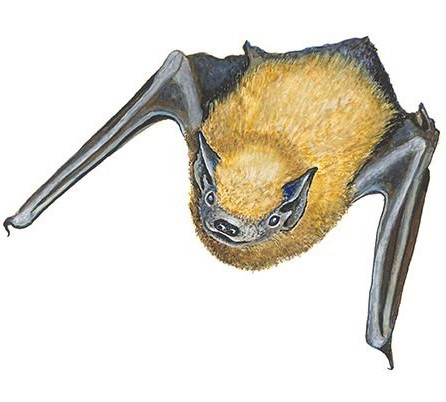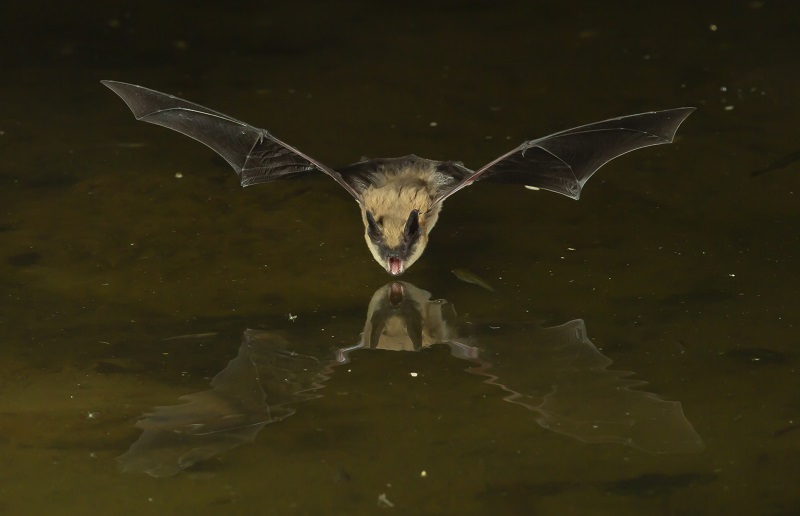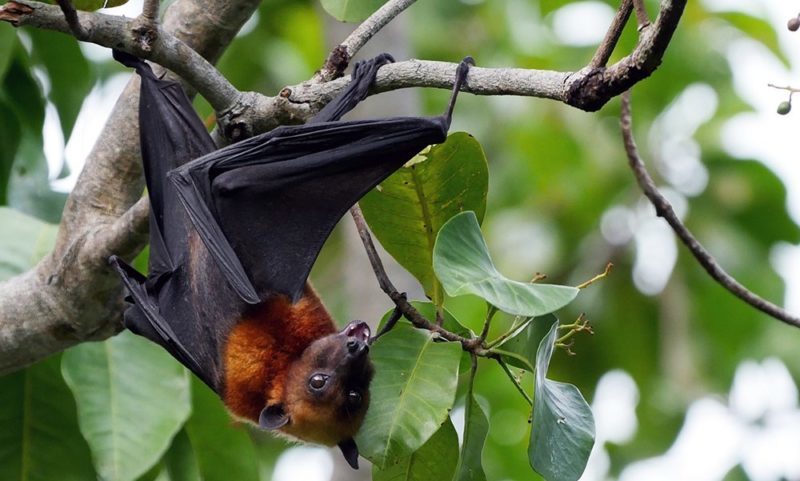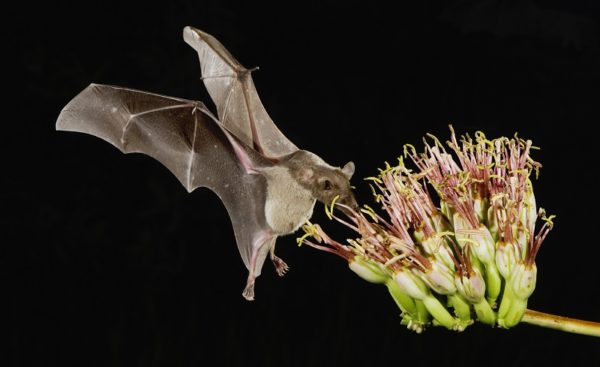Celebrate Bats on April 17th
International Bat Appreciation Day occurs annually on April 17th. April is the best time of the year to observe bats, as they are now beginning to emerge from hibernation. National Bat Appreciation Day is also an excellent time to learn about the role bats play in nature. One important reason to celebrate bats is that they are insectivorous and thus rid our world of many insects that could otherwise devour crops and spread disease. In one hour, a bat can eat up to 1,000 mosquitoes!
Cool Bat Facts
Flying foxes, like the one pictured below, are the world’s largest bats, with a wingspan of up to 6 feet! While the bumblebee bat is the world’s smallest, about the size of your pinkie fingernail. Though flying foxes may look scary, they are harmless and serve a vital function in their rainforest homes as pollinators for many native tropical trees. We saw this bat and hundreds of others as they were roosting in trees on an island off the coast of Borneo and it was one of the most fascinating wildlife sightings I’ve ever experienced.
•There are 3 species of bats that feed on the blood of other animals: the common vampire bat, the hairy-legged vampire bat, & the white-winged vampire bat.
• There are 1,331 species of bats around the world. But new ones are continuing to be discovered, so the number is growing!
• While not exactly immortal, many can live 30 years or more.
• Bats can fly up to 60 mph.
• These creatures of the night can locate food in total darkness by emitting high-pitched sounds and listening for the echoes.
• Bats are able to consume their body weight in insects in a single night, (making them a great natural resource for mosquito control!)
• Other bats eat fruit or nectar and therefore aid in pollination. Tropical fruit species including bananas, mangoes, and guavas depend upon bats as their pollinators, as well as the iconic saguaro cactus in the Sonoran Desert.
• Baby bats are called pups & mama bats can find them among thousands of others by their unique voice & scent.
• Some fly south for the winter, while others hibernate. Hibernating bats can survive freezing temperatures, even encased in ice!
• Most species in the US are endangered due to loss of habitat, as well as a fungal disease called white-nose syndrome.
Bats Face Many Challenges
The International Union for the Conservation of Nature (IUCN) lists 26 of the world’s bat species as Critically Endangered, 52 others are Endangered, and 954 bat species are considered Vulnerable.
Threats include not only the usual suspects facing other mammals; like habitat loss, hunting for ‘bush meat’, and pesticides, but they are also killed during the mining of guano in caves they inhabit, killed by wind turbines, killed due to misguided myths and, increasingly, from White-nose Syndrome.
Bats deserve our protection. They serve as important pollinators of plants, dispersers of seeds, and controllers of harmful insect populations.
Learn More About Bats
- Check out my Halloween-inspired story “Spooky Nature Facts About Bats“, where you’ll learn about these mammals’ darker side!
- Learn about species of bats, their conservation, and ecological roles over at the website of Bat Conservation International.




